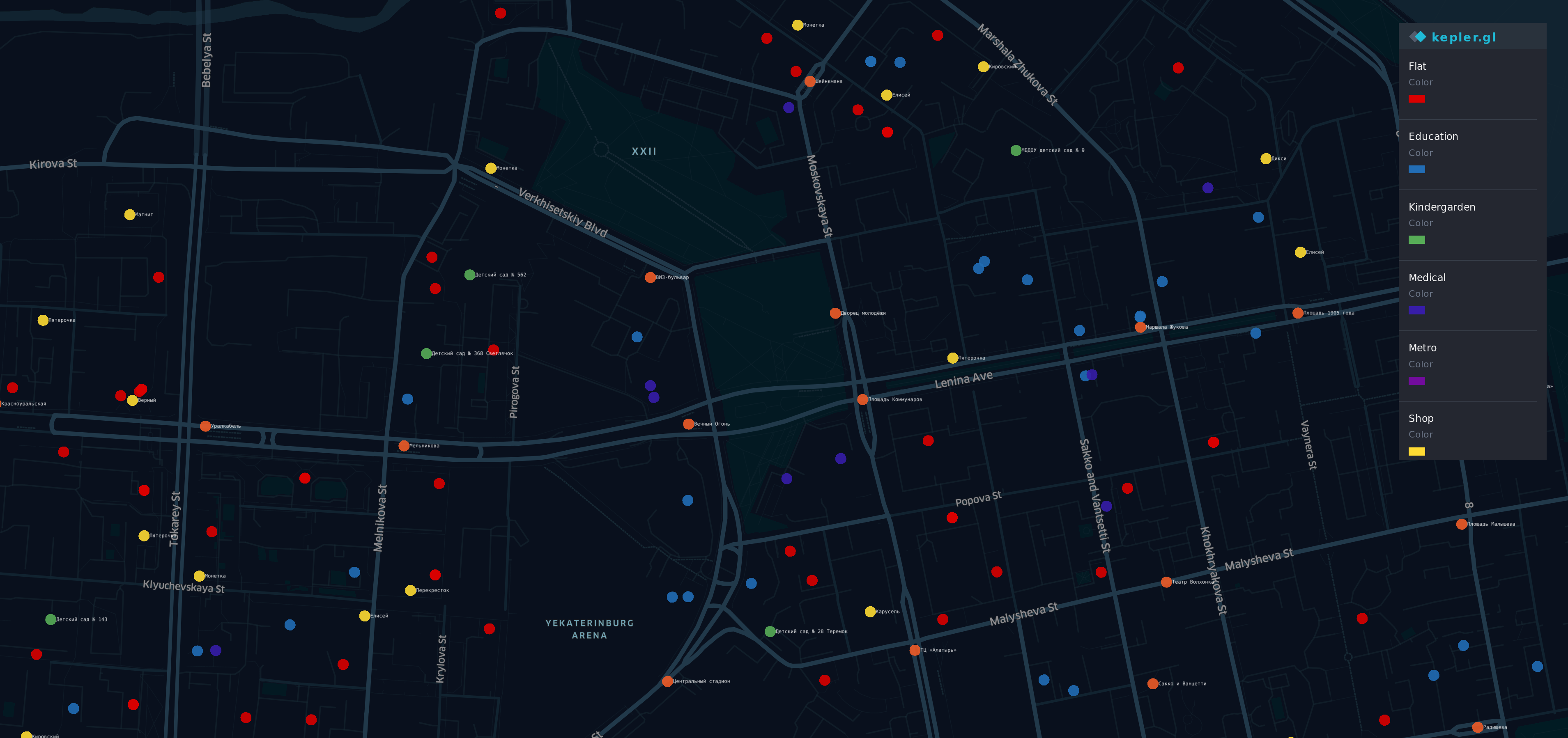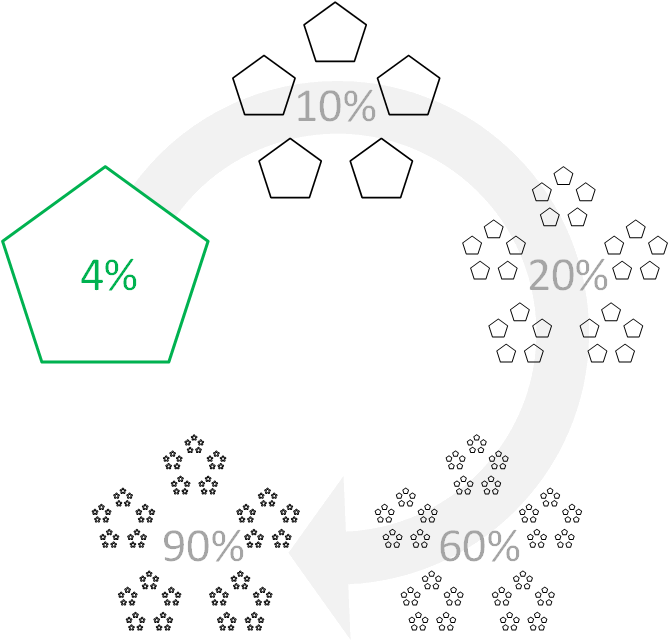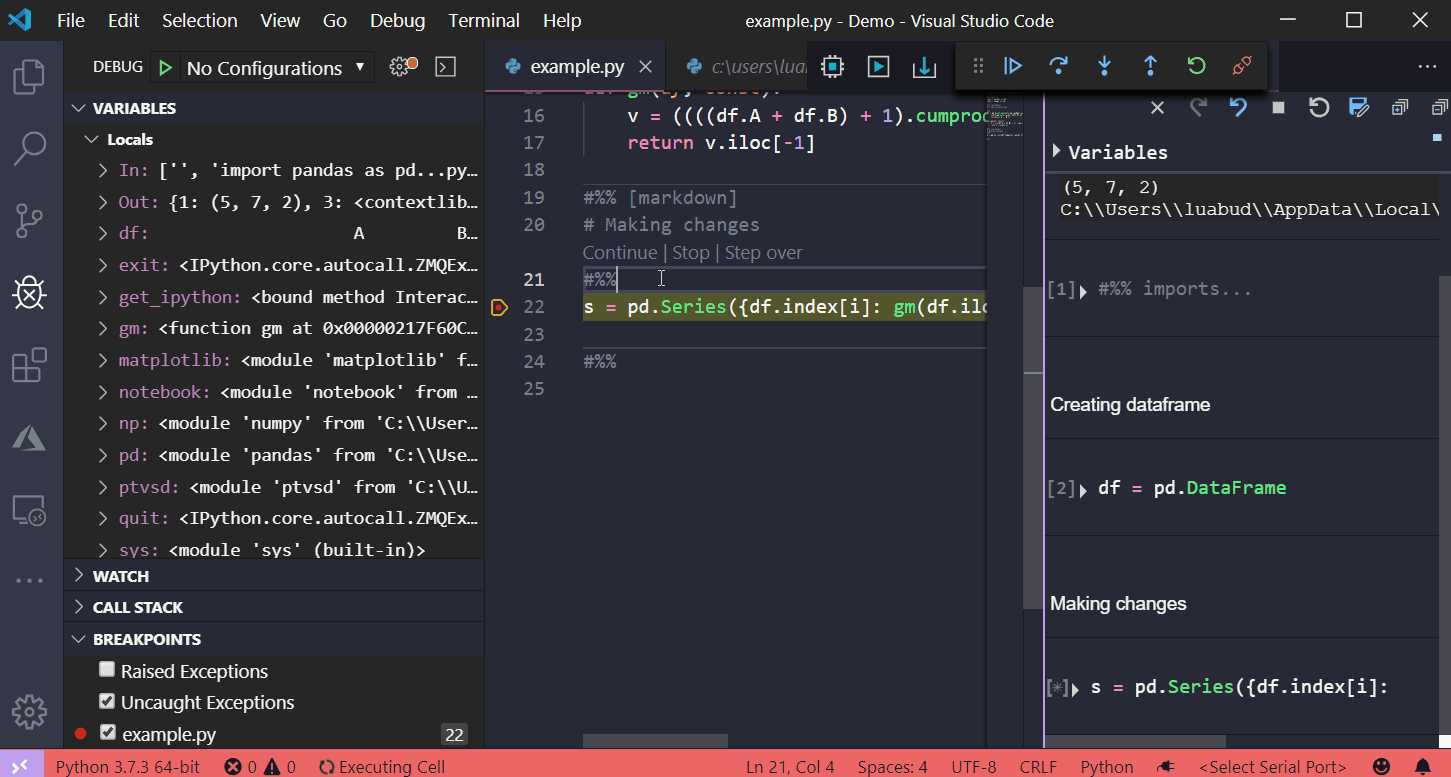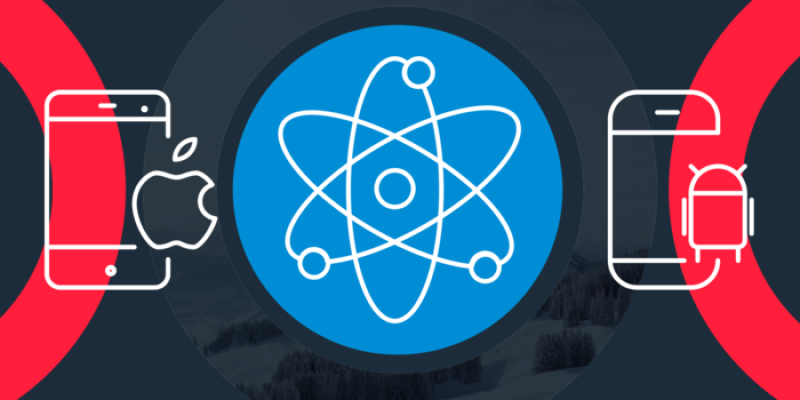Probably the largest hurdle when learning any new programming language is simply knowing where to get started. What’s important? What do I need to know to be proficient? It’s hard to follow docs when you’re not even sure what you’re reading.
You might be taking a look at Python. Maybe you’re drawn because of its popularity. Maybe you’re drawn to its flexibility. With Python you can create solutions of all shapes and sizes. You can dig into web development. Simplify your life through automation. Or maybe begin building the future with machine learning.
Picking up a new language is a common situation for modern-day developers. The days of going your entire career focused on one language are long since gone.
Fortunately, concepts typically don’t change as you move from one programming language to the next. Sure, the syntax might be different, but an
if statement is still an
if statement even when it’s written using
{ } or
End If. So, we don’t need to learn
how to program, but rather how to program
in a new language.
This is why Susan and I created this
series of videos! You might know how to write code, for example in JavaScript, Java or C# (or COBOL, or Bash, or… it doesn’t matter, really). Maybe you learned in a college course, online, or reading a book. So, you don’t need to be taught what an if statement is, but rather what an if statement looks like in Python.














 Talking to people at conferences and in comments to articles, we face the following objection: static analysis reduces the time to detect errors, but takes up programmers' time, which negates the benefits of using it and even slows down the development process. Let's get this objection straightened out and try to show that it's groundless.
Talking to people at conferences and in comments to articles, we face the following objection: static analysis reduces the time to detect errors, but takes up programmers' time, which negates the benefits of using it and even slows down the development process. Let's get this objection straightened out and try to show that it's groundless.





 Many programmers struggle when using formal methods to solve problems within their programs, as those methods, while effective, can be unreasonably complex. To understand why this happens, let’s use the
Many programmers struggle when using formal methods to solve problems within their programs, as those methods, while effective, can be unreasonably complex. To understand why this happens, let’s use the